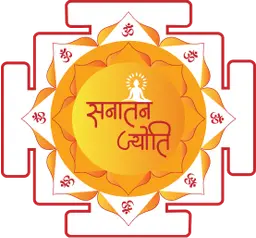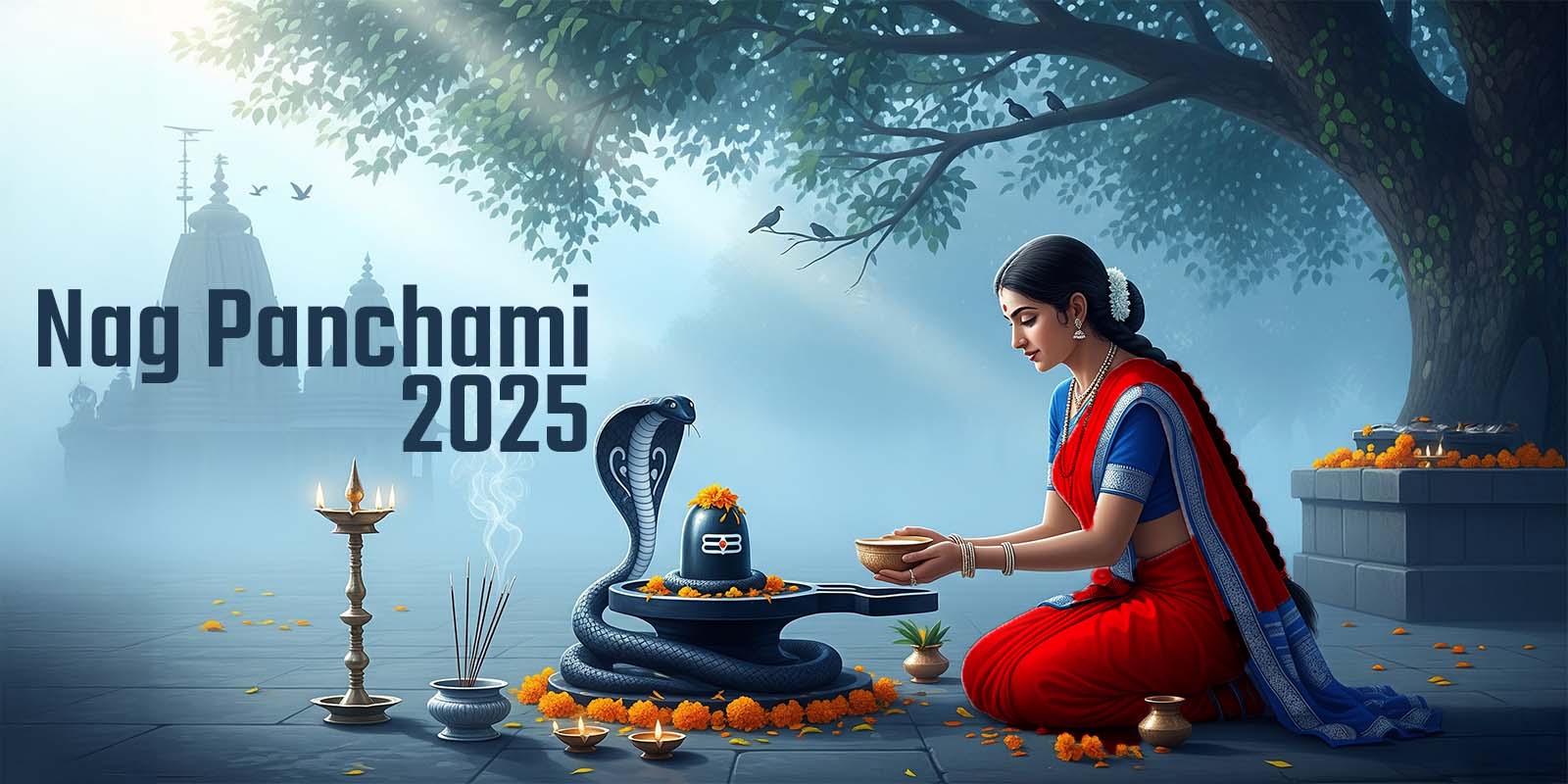
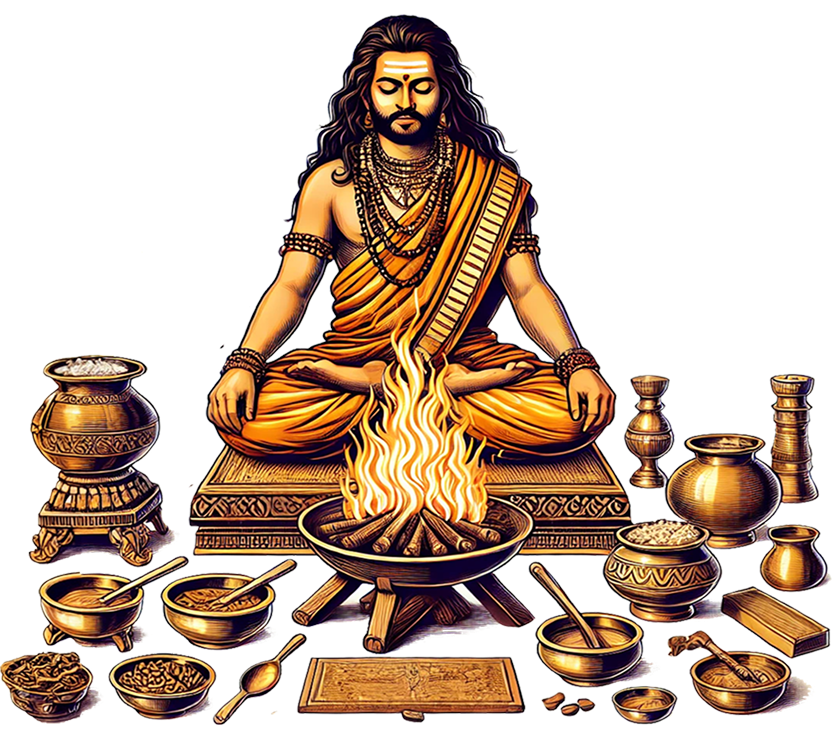
Book Anushthan

Unlimited Talk to Astrologer
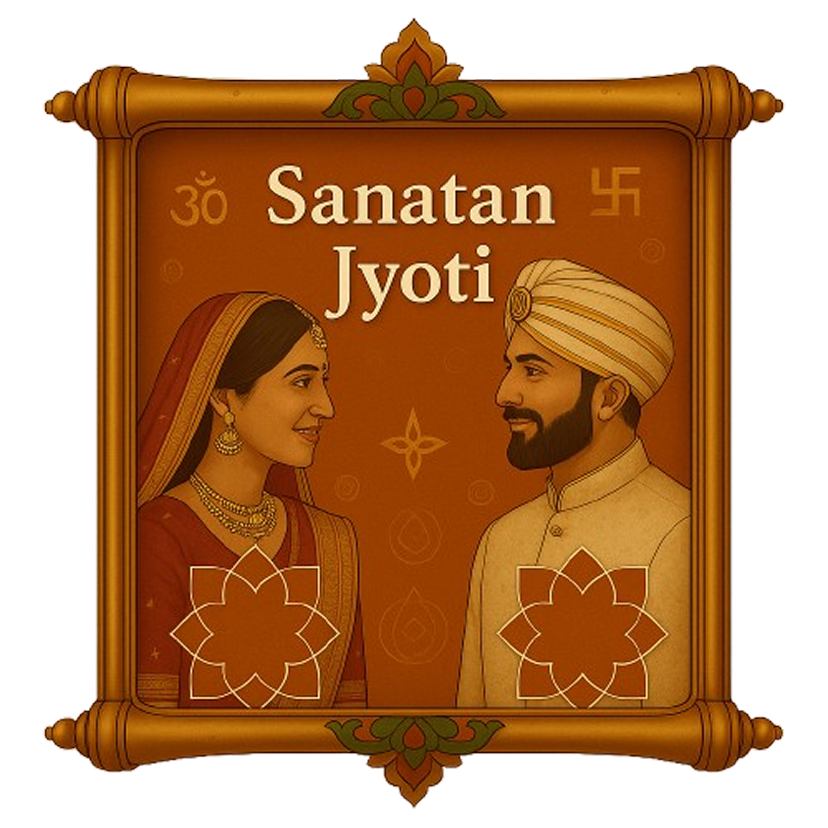
Match making in Rs 99

Muhurat Consultation
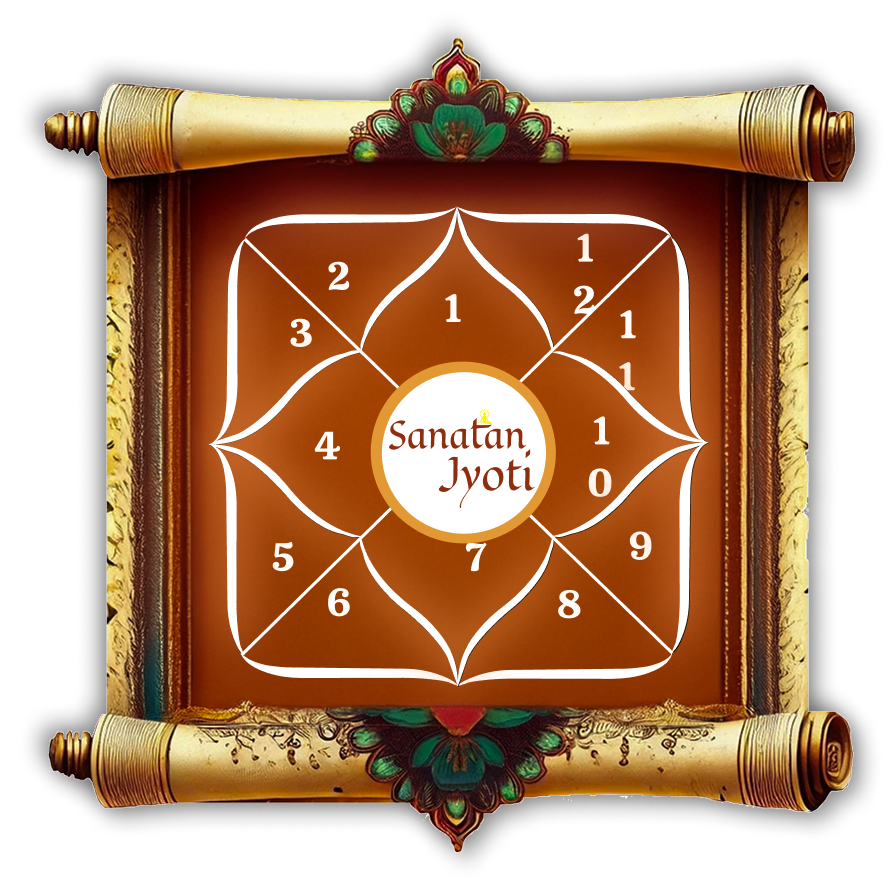
86 Pages Faladesh Kundli
Nag Panchami 2025
What is Nag Panchami?
Nag Panchami is one of the important festivals in Hinduism, dedicated to the serpent deities. This festival is celebrated on the fifth day (Panchami) of the bright fortnight (Shukla Paksha) in the month of Shravan. On this day, there is a tradition of worshipping snakes, offering them milk, and seeking their blessings for protection. This festival is also considered highly auspicious for protection from snake bites and for the remedy of Kaal Sarp Dosha.In some states of the country, this festival is observed on the Shukla Panchami of Shravan month. In Gujarat, however, Nag Panchami is celebrated on the Panchami of the dark fortnight (Krishna Paksha) of the Shravan month and is known as "Nag Pancham." On this day, serpent deities or snakes are worshipped and bathed with milk. People also worship Lord Shiva and Goddess Parvati along with Nag Dev. There is also a custom of offering milk to snakes on this day. It is believed that feeding milk to snakes on this day helps one get rid of dreadful doshas like Sarpa Dosha and leads a person toward a life free from obstacles and full of progress.
Nag Panchami 2025
Nag Panchami is a highly significant and devotion-filled festival celebrated in the month of Shravan. This festival is a day to worship serpents and express reverence towards them, and it is celebrated across the country with great enthusiasm. In the year 2025, the festival of Nag Panchami will be observed in North India on Tuesday, July 29, 2025.Nag Panchami 2025 Date and Time
Nag Panchami Festival Date: July 29, 2025
- Panchami Tithi Begins: July 28, 2025, at 11:25 P.M.
- Panchami Tithi Ends: July 30, 2025, at 12:48 A.M.
- Auspicious Time for Nag Puja: From 7:00 A.M. to 9:00 A.M. (Morning time is considered highly auspicious)
However, Nag Devta can be worshipped with devotion at any time during the Panchami Tithi.
The Story of Nag Panchami
Daksha's daughter, Kadru, was married to Sage Kashyap. Pleased with her service, Sage Kashyap asked Kadru to request a boon. Kadru asked for a hundred sons, and as a result, she gave birth to one hundred serpent sons.
Once, during the churning of the ocean (Samudra Manthan), a white horse emerged. On seeing it, Kadru told her co-wife Vinata that although the horse looked beautiful, its tail hairs were black. Vinata replied that the horse was completely white, including its tail hairs. A dispute arose between them over this matter. Kadru then said, "If I prove the horse's tail is black, you will have to live as my maid; but if it is white, I will become your maid." Vinata agreed. Kadru, with deceit in mind, instructed her serpent sons to reduce their size and hide in the horse's tail, making it appear black. Hearing this, the sons said, "Mother, you are abandoning dharma (righteousness) for adharma (unrighteousness). We cannot do this," and they refused to follow her order. Seeing their disobedience, Kadru became angry and cursed her sons, saying that they would perish in the serpent sacrifice (Sarpa Yagya) conducted by a king named Janamejaya from the Pandava lineage. Frightened by the curse, the serpents went to Lord Brahma. He told them not to worry and revealed that in the future, a king named Jaratkaru would be born. They should marry their sister to him, and through their union, a son named Astika would be born. This son would stop the serpent sacrifice performed by Janamejaya. In time, this prophecy came true. When King Janamejaya learned that serpents were responsible for his ancestors' deaths, he vowed to destroy the serpent race and began the Sarpa Yagya. When Astika, the son of
Jaratkaru, learned that his maternal uncles were in danger, he went to the site of the Yagya and disrupted it. Thus, on the Shukla Paksha Panchami of the month of Shravan, Astika ended the Yagya, freed the serpents from fear, and protected them. Since then, this day has been celebrated as Nag Panchami for the protection of serpents.
On this day, images of Sheshnag, Takshak Nag, Vasuki Nag, and other serpents are drawn on walls and worshipped with turmeric, rice grains (Akshat), Roli (vermilion), and flowers. On this occasion, raw milk mixed with ghee is offered to the serpent deities while remembering them. Women who worship the serpents on this day with full devotion do not face fear from snakes in their lineage. Moreover, their homes are always blessed by Lord Shiva, Lord Vishnu, and the serpent deities. In homes blessed by these three deities, sorrow never resides, and there is never a lack of happiness or wealth.
Once, during the churning of the ocean (Samudra Manthan), a white horse emerged. On seeing it, Kadru told her co-wife Vinata that although the horse looked beautiful, its tail hairs were black. Vinata replied that the horse was completely white, including its tail hairs. A dispute arose between them over this matter. Kadru then said, "If I prove the horse's tail is black, you will have to live as my maid; but if it is white, I will become your maid." Vinata agreed. Kadru, with deceit in mind, instructed her serpent sons to reduce their size and hide in the horse's tail, making it appear black. Hearing this, the sons said, "Mother, you are abandoning dharma (righteousness) for adharma (unrighteousness). We cannot do this," and they refused to follow her order. Seeing their disobedience, Kadru became angry and cursed her sons, saying that they would perish in the serpent sacrifice (Sarpa Yagya) conducted by a king named Janamejaya from the Pandava lineage. Frightened by the curse, the serpents went to Lord Brahma. He told them not to worry and revealed that in the future, a king named Jaratkaru would be born. They should marry their sister to him, and through their union, a son named Astika would be born. This son would stop the serpent sacrifice performed by Janamejaya. In time, this prophecy came true. When King Janamejaya learned that serpents were responsible for his ancestors' deaths, he vowed to destroy the serpent race and began the Sarpa Yagya. When Astika, the son of
Jaratkaru, learned that his maternal uncles were in danger, he went to the site of the Yagya and disrupted it. Thus, on the Shukla Paksha Panchami of the month of Shravan, Astika ended the Yagya, freed the serpents from fear, and protected them. Since then, this day has been celebrated as Nag Panchami for the protection of serpents.
On this day, images of Sheshnag, Takshak Nag, Vasuki Nag, and other serpents are drawn on walls and worshipped with turmeric, rice grains (Akshat), Roli (vermilion), and flowers. On this occasion, raw milk mixed with ghee is offered to the serpent deities while remembering them. Women who worship the serpents on this day with full devotion do not face fear from snakes in their lineage. Moreover, their homes are always blessed by Lord Shiva, Lord Vishnu, and the serpent deities. In homes blessed by these three deities, sorrow never resides, and there is never a lack of happiness or wealth.
Nag Panchami 2025: Worship Method
Required Materials:- Silver vessel
- Red clay
- Cow dung
- Idol or picture of the serpent made of wood or stone
- Fresh milk
- Sweets (jaggery or any sweet)
- Fresh fruits
- Fresh flowers
- Pulses (like moong, masoor, etc.)
- Turmeric paste
- Camphor
- Sprouted grains
- Incense sticks
- Tulsi leaves and clean water
- Take a bath and wear clean clothes.
- Clean the worship area and spread a red cloth.
- Place the idol or picture of the serpent at the worship spot.
- Offer milk to the serpent deity.
- Apply a turmeric tilak and light camphor.
- Chant the worship mantras, such as "Om Namah Shivaya Nagadevaya Namah."
- Offer sweets, fruits, flowers, pulses, and sprouted grains.
- Listen to or read the Nag Panchami story.
- Distribute the prasad after the worship.
Nag Panchami 2025: Mantra Chanting
Naag Gayatri Mantra:"Om Navakulaya Vidmahe Vishadantaya Dhimahi Tanno Sarpah Prachodayat."
- Meaning: We know the lineage of serpents (Navakul), we meditate on the venomous serpent with poisonous fangs. May that serpent inspire us.
Nag Panchami 2025: Benefits
- Blessings of Nag Devtas: Worshiping Nag Devtas removes troubles, diseases, and negative energy from life. Their blessings bring happiness, peace, and prosperity to the family.
- Destruction of Misfortune and Defects: Nag Panchami fast and worship are considered very effective in reducing planetary defects, especially the effects of Rahu and Ketu. Worship also destroys evil forces in the home and surrounding area.
- Liberation from Kaal Sarp Dosha and Serpent Defects: For those whose horoscope has Kaal Sarp Dosha or Nag Dosha, Nag Panchami day is considered especially beneficial. Worship on this day reduces the effect of these doshas and removes obstacles in life.
- Family Love: Worship on Nag Panchami increases harmony and love among family members. The fast and worship are traditionally done to please the Nag Devtas and receive their blessings. This fast is also considered beneficial for health, prosperity, and long life.
- Importance of Nag Panchami: In Sanatan Dharma, snakes are considered symbols of divine powers. Nagas are not just snakes but are regarded as deities. Vasuki Nag is around Lord Shiva's neck, and Sheshnag rests as the couch of Lord Vishnu. Both these forms represent the worship and divinity of Nagas.
Nag Panchami and Astrology
The significance of Nag Panchami is not only religious but also very important from an astrological perspective. Performing special worship on this day is considered beneficial for pacifying Kala Sarpa Dosha, Rahu-Ketu Dosha, or other planetary defects in the birth chart. By worshiping the Nag deities with devotion, the effects of planetary doshas are reduced, bringing happiness and peace into life. The presence of Kala Sarpa Dosha and Rahu-Ketu Dosha in the birth chart causes many obstacles in life, resulting in delayed or no success in work. Worshiping on Nag Panchami weakens the impact of these doshas in the birth chart, providing relief from all problems in life. Therefore, worship and fasting on Nag Panchami hold great importance.
FAQ
1. Why do we celebrate Nag Panchami?Nag Panchami is a sacred and important festival of Sanatan Dharma. On this day, devotees worship the Nag Devtas praying for happiness, prosperity, and protection in life. It is believed that on Nag Panchami, one gets liberation from serpent dosha, Kaal Sarp Yoga, and other planetary doshas, which removes obstacles from life. Nag Devta is considered the ornament around Lord Shiva's neck and the couch of Lord Vishnu, hence their worship holds great religious and spiritual significance. Nagas is worshiped as symbols of power and protection in nature and religion, and by their blessings, peace, progress, and prosperity remain in the family.
2. What should be done on Nag Panchami?
- Take a bath early in the morning and resolve to observe the fast with a pure mind.
- Worship Lord Shiva, Goddess Parvati, and Nag Devta in your home.
- Offer milk, flowers, incense, and fruits to the idol of Nag Devta.
- If possible, it is considered auspicious to go to the temple and offer milk to Nag Devta.
- During the fast, consume pure and sattvic food.
3. How to perform Nag Panchami puja at home?
Performing Nag Devta's worship at home on the auspicious day of Nag Panchami is considered very auspicious. If you cannot go to the temple, you can perform the puja at your home. On this day, on the wall, images of Sheshnag, Takshak Nag, Padma Nag, Vasuki Nag, Kokotak Nag, Mahapadma Nag, Shankh Nag, and Kulik Nag are worshiped by offering turmeric, uncooked rice (Akshat), red powder (Roli), and flowers on their heads. Women who observe this worship with devotion are free from the fear of snakes. Their homes remain blessed by Shiva, Vishnu, and Nag Devta. With the blessings of these three deities, their homes never face sorrow and never lack happiness and wealth.
Materials required for Nag Panchami puja at home:- Nag idol made of clay or metal
- Milk
- Fresh flowers
- Turmeric and Kumkum
- Sweets (for prasad)
- Incense sticks and lamp
- Brings peace and positive energy flow in the house.
- By the grace of Nag Devta, all family members remain healthy and happy.
- The effects of planets like Rahu and Ketu are reduced through fasting and puja.
4. How to perform puja on Nag Panchami?
Nag Panchami is a sacred occasion dedicated to the serpent deities, celebrated with devotion and faith. Performing worship on this day removes the difficulties in life and spreads positive energy. The Nag Panchami puja is done in the morning after taking a bath and wearing clean clothes. At the worship place or on the wall of the house, draw pictures of the eight main serpent deities – Sheshnag, Takshak Nag, Padma Nag, Vasuki Nag, Karkotak Nag, Mahapadma Nag, Shankh Nag, and Kulik Nag. Then offer turmeric, red powder (Roli), uncooked rice (Akshat), and flowers to them and perform the worship ceremoniously. During this, chant the special Nag Panchami mantras and pray to the serpent deities for the protection, health, and happiness of your family. After the puja, maintain purity and sattvikness throughout the day. This festival is not only a symbol of religious faith but also a means to express reverence toward nature and living beings.
5. What should not be done on Nag Panchami?
- Digging or excavating the ground is prohibited.
- Cutting or damaging trees and plants should be avoided.
- Lying or performing bad deeds is not appropriate.
- Consumption of tamasic foods such as meat, onion, garlic, etc., is forbidden.
- Causing harm to snakes on this day is considered inauspicious and sinful.
- Avoid impurity or disorder during the puja.
6. What to do on Nag Panchami?
- Worship Lord Shiva and the Nag deities.
- Offer milk, flowers, and sweets.
- Observe the Nag Panchami fast and read or listen to the story.
- Chant special mantras for the pacification of Kalsarpa Dosha.
- Visit the temple and offer milk to the Nag deities.
7. What to eat on Nag Panchami?
- On Nag Panchami, traditions may vary across different states.
- Generally, a sattvic diet is consumed on this day.
- Those observing the fast eat fruits, milk, and light sattvic food.
- Non-vegetarian food, tamasic foods like onion, garlic, and heavy meals are avoided.
- Fruits and simple, pure foods like curd and rice are preferred.
- Sattvic food keeps both mind and body pure, which is considered ideal for fasting.
8. Battis Shirala Nag Panchami: A Special Tradition
Battis Shirala is a small town located in the Sangili district of Maharashtra, famous for its unique Nag Panchami tradition. Here, the Nag Panchami festival is celebrated in a grand and traditional manner. During this festival, villagers catch live snakes from the forests and bring them to the village for worship. After the worship, these snakes are safely released back to their natural habitat. No harm is caused to the snakes during this process, and special care is taken for their protection. Devotees and tourists from across the country and abroad come to witness the Nag Panchami of Battis Shirala. This tradition is not only a symbol of religious faith but also conveys a message of balance and coexistence between humans and nature.

Book Anushthan

Unlimited Talk to Astrologer

Match making in Rs 99

Muhurat Consultation

86 Pages Faladesh Kundli
